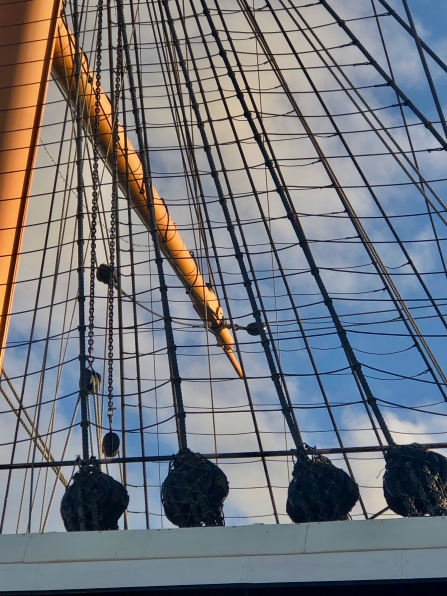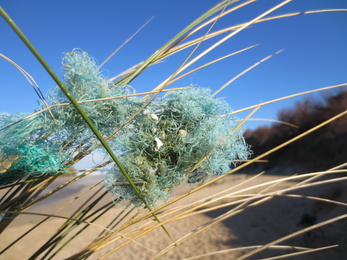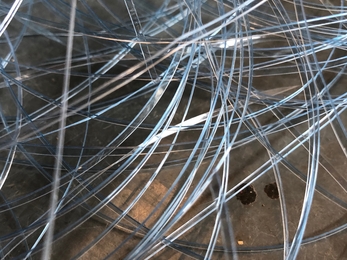Recently I have been delving into our maritime past and getting hands-on experience in an ancient craft that has powered our vessels around the globe. Our ancestors used what was to hand when creating tools, and the plants, trees and vegetation around them yielded an interesting commodity: fibres from sources like the flax plant and the husks of coconuts. Was it in an idle moment spent twiddling such fibres that man first noted their ability to lock together?
The natural length of these fibres, known as the staple, can be elongated by continuously twisting multiple lengths together - the problem is that the resulting yarn is not very strong or resilient. I wonder how long it took people to work out that lengths of yarn could also be strengthened by twisting them together, but this time in the opposite direction to the twist of the yarn itself? Doing so ‘locks’ the strand of yarn together in a twisted cord; a rope. This amazing tool can be made from 6mm to a hefty 110mm in diameter.







